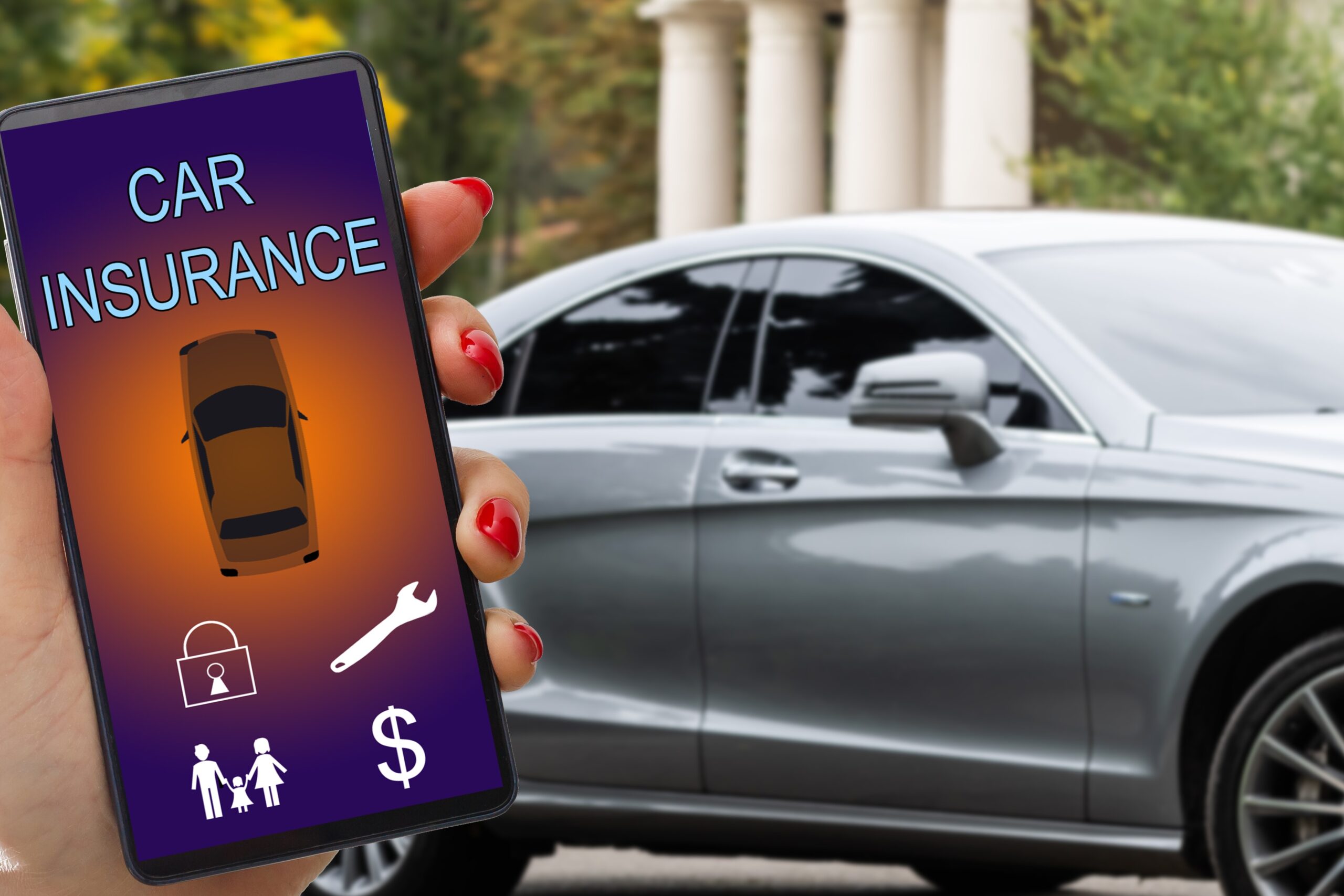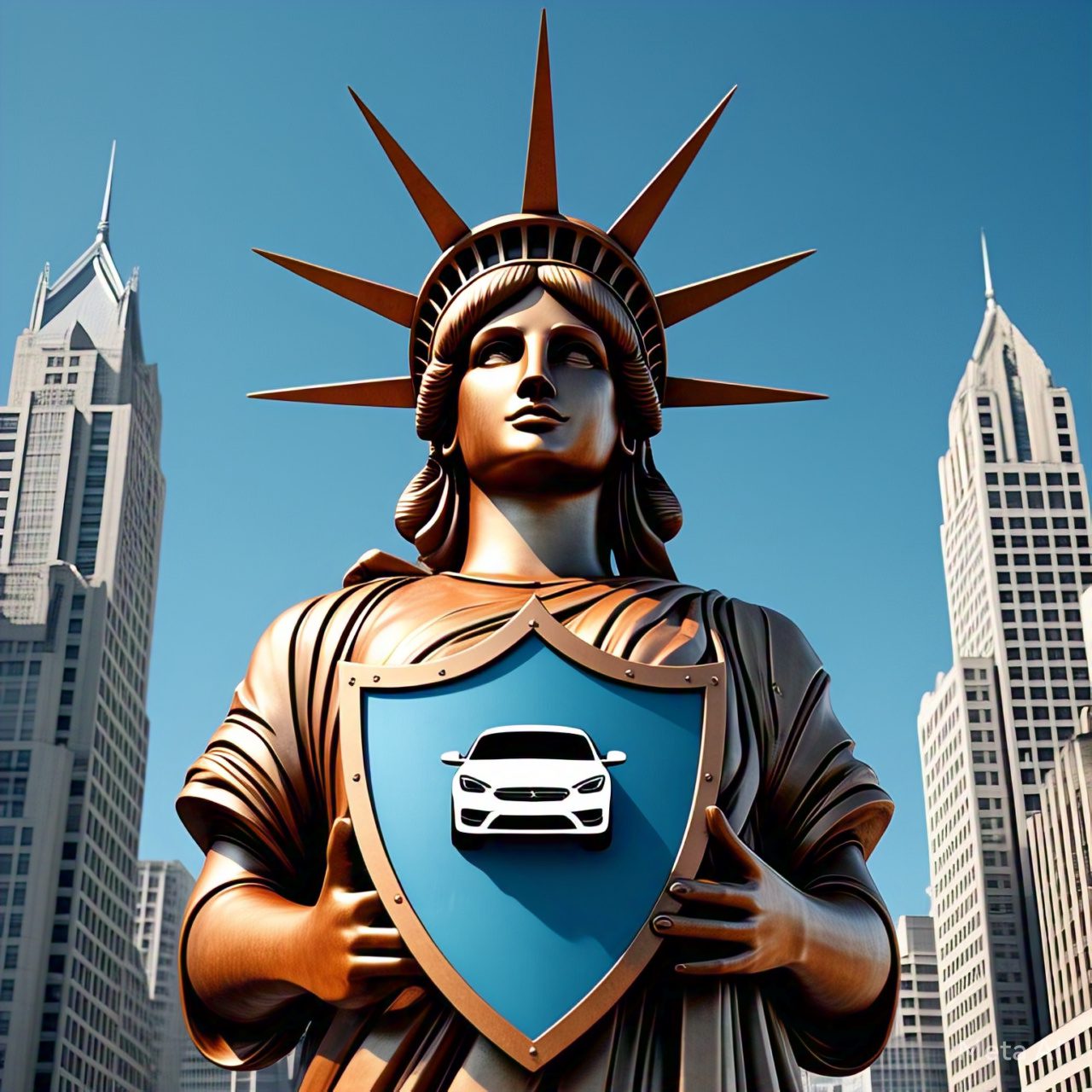
Introduction
The year 2025 has brought a fresh wave of global trade challenges, and while most drivers in New York City may not closely track tariff negotiations, the impact is already hitting their wallets. One of the least expected consequences of higher import duties on vehicles and auto parts is the surge in Car Insurance Premiums in NYC. Insurance companies calculate premiums based on repair and replacement costs, and when tariffs raise those costs, every driver ends up paying more.
👉 Global tariffs are reshaping car insurance premiums in NYC, and 2025 may be remembered as the year rates jumped higher than ever before.
This article explores how tariffs are linked to rising insurance costs, why New York City is facing some of the steepest increases in the nation, and what drivers can do to reduce the burden.
Why Do Tariffs Affect Car Insurance Premiums?
Tariffs are essentially extra taxes placed on imported goods. When tariffs rise on cars or auto parts—whether they come from Europe, Asia, or elsewhere—the cost of maintaining and repairing vehicles increases. Insurance companies know that every claim involving parts or replacement will now be more expensive. To cover that higher risk, insurers raise premiums.
👉 Higher tariffs mean costlier cars and parts, and that translates directly into higher insurance bills for drivers in NYC.
This cycle is not theoretical—it’s already visible in repair shop invoices and replacement quotes. Cars that rely heavily on imported components, such as sensors, airbags, or advanced electronics, have seen their repair costs climb by double digits. For insurers, those costs directly feed into the pricing models that determine what each driver pays.
The National Picture
On a national scale, tariffs combined with inflation are pushing car insurance costs to record highs. By the end of 2025, projections show the average American driver may spend nearly $2,800 annually on insurance, up from just under $2,200 a few years earlier.
👉 By the end of 2025, the average U.S. driver may spend nearly $2,800 a year on car insurance, showing how tariffs ripple through every household budget.
While not every increase is due to tariffs—factors like inflation, labor shortages, and rising accident rates also play a role—the added tax on imported auto components makes up a significant share of the jump.
For middle-income families, the increase represents a major burden. For young drivers and those in metropolitan areas, it can mean the difference between owning a car and giving it up altogether.
NYC Drivers Face the Harshest Impact
In New York City, the challenge is even greater. Premiums in the city have historically been higher than the national average, thanks to dense traffic, frequent accidents, and a higher cost of living. Tariffs now add fuel to the fire.
-
The average Car Insurance Premiums in NYC are projected to reach nearly $4,500 annually in 2025, compared to around $3,600 just two years ago.
-
For luxury car owners who rely on imported vehicles or parts, the increase is even sharper, sometimes adding over $1,000 per year.
👉 In New York City, tariffs are adding nearly $900 per year to the average driver’s insurance bill—one of the steepest jumps in the nation.
This makes NYC one of the most expensive places in America to insure a car.
What’s Unique About New York City’s Situation?
New York City faces a combination of challenges that magnify the effect of tariffs:
-
High dependence on imported parts: Luxury sedans, SUVs, and electric vehicles dominate many NYC neighborhoods, and their replacement parts often come from overseas.
-
Higher accident frequency: Dense traffic and crowded streets make accidents more common, which means more frequent claims.
-
Labor costs: NYC already has high wages for auto repair specialists, and when combined with pricier imported parts, repair bills skyrocket.
-
Regulatory environment: New York has some of the strictest insurance rules, including minimum coverage levels, leaving little room for cost-cutting by insurers.
👉 NYC premiums rise faster than most regions because luxury cars, dense traffic, and imported parts all combine to push repair costs higher.
This mix creates a perfect storm that explains why New Yorkers are paying some of the nation’s steepest premiums in 2025.
Concerns Rising Among Drivers
For everyday drivers, the concern isn’t abstract—it’s very real. Household budgets are already strained by rising rents, food prices, and commuting costs. Insurance premiums add another layer of financial stress.
👉 Many drivers are now wondering if they can renew early to lock in lower rates before tariffs fully inflate premiums.
Younger drivers and new car owners are especially hard hit. Insurance companies already view them as higher risk, and with tariffs adding costs across the board, these groups see the biggest relative jumps in their premiums.
Some drivers are even delaying car purchases or switching to ride-sharing services to avoid the costs altogether.
Practical Ways to Manage Costs
Even though tariffs are beyond the control of individual drivers, there are ways to manage rising premiums.
-
Compare quotes frequently: Rates vary across insurers, and shopping around can save hundreds annually.
👉 Comparing quotes at renewal time remains one of the simplest ways to protect your wallet when insurance rates are climbing. -
Choose higher deductibles: If you can afford more out-of-pocket costs during an accident, your monthly premium can drop significantly.
-
Bundle insurance policies: Combining auto with home or renter’s insurance can lead to discounts.
-
Use telematics or safe driving apps: Many insurers now offer discounts for drivers who agree to monitoring systems that reward safe habits.
-
Maintain a clean record: Tickets and accidents quickly add up. In 2025’s tight insurance market, even one violation can lead to higher-than-average premiums.
-
Consider vehicle type carefully: Cars with high safety ratings and cheaper domestic parts tend to cost less to insure than imported luxury models.
The Broader Economic Impact
Rising insurance premiums don’t just affect individual households—they ripple across the entire NYC economy. Higher costs reduce disposable income, meaning less spending on dining, shopping, and local services. For businesses that rely on vehicle fleets, tariffs can drive up operating costs, which may then be passed along to consumers.
Insurance companies, meanwhile, face a balancing act. If premiums rise too quickly, they risk pricing out customers. If they don’t adjust for higher repair costs, they risk financial losses. In either case, drivers bear the brunt.
The Road Ahead
The future of Car Insurance Premiums in NYC depends heavily on global trade policy. If tariffs remain in place or expand, the upward trend will likely continue. However, if negotiations ease tensions and duties are reduced, repair and replacement costs could stabilize.
Still, most experts agree that insurance rates in New York will remain among the highest in the country, regardless of tariff changes. Population density, accident frequency, and regulatory demands ensure that NYC drivers will always face unique challenges.
👉 The reality is that even if tariffs ease, New York drivers should prepare for car insurance costs that remain far above the national average.
Conclusion
Global tariffs have moved from the political arena into the everyday lives of drivers, and nowhere is this more visible than in New York City. The link between international trade policies and Car Insurance Premiums in NYC is undeniable—tariffs raise parts costs, insurers adjust premiums upward, and drivers end up paying more.
👉 Global tariffs are reshaping car insurance premiums in NYC, and 2025 may be remembered as the year rates jumped higher than ever before.
For drivers, the key is adaptation: shopping smarter, driving safer, and making informed choices about coverage and vehicles. While tariffs may be out of your hands, how you respond to them isn’t.
